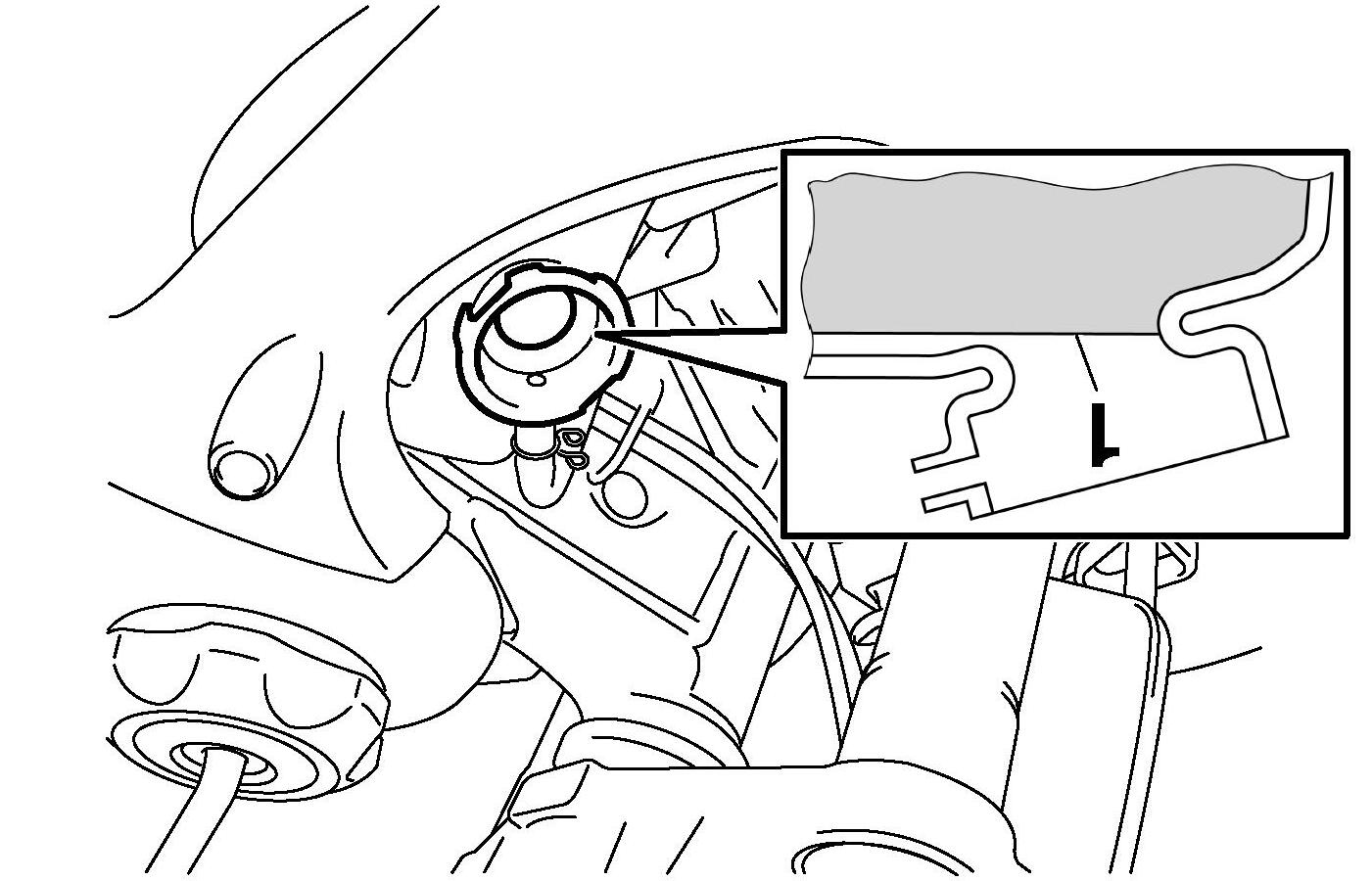
2 minute read
PERIODIC MAINTENANCE AND ADJUSTMENT
EAU20070
Recommended transmission oil: See page 9-1.
Oil change quantity: 0.50 L (0.53 US qt, 0.44Imp.qt)
Notice
ECA10452
● In order to prevent clutch slippage (since the transmission oil also lubricates the clutch), do not mix any chemical additives. Do not use oils with a diesel specification of “CD” or oils of a higher quality than specified. In addition, do not use oils labeled “ENERGY CONSERVING II” or higher.
● Make sure that no foreign material enters the transmission.
7.Start the engine, and then let it idle for several minutes while checking the transmission for oil leakage. If oil is leaking, immediately turn the engine off and check for the cause.
Coolant
The coolant level should be checked before each ride. In addition, the coolant must be changed at the intervals specified in the periodic maintenance and lubrication chart.
EAUM1294 To check the coolant level
1.Place the vehicle on a level surface and hold it in an upright position.
2.Remove the radiator cap and check the coolant level in the radiator. WARNING! Never attempt to remove the radiator cap when the engine is hot. [EWA10381]
Tip
● The coolant level must be checked on a cold engine since the level varies with engine temperature.
● Make sure that the vehicle is positioned straight up when checking the coolant level. A slight tilt to the side can result in a false reading.
Tip
The coolant should be at the bottom of the radiator filler neck. The level will change with variation of engine temperature.
1.Correct coolant level
3.If the coolant is below this level, add coolant, and then install the radiator cap. NOTICE: If coolant is not available, use distilled water or soft tap water instead. Do not use hard water or salt water since it is harmful to the engine. If water has been used instead of coolant, replace it with coolant as soon as possible, otherwise the cooling system will not be protected against frost and corrosion. If water has been added to the coolant, have a Yamaha dealer check the antifreeze content of the coolant as soon as possible, otherwise the effectiveness of the coolant will be reduced. [ECA10472]
EAUM1314
To change the coolant
1.Place the vehicle on a level surface and let the engine cool if necessary.
2.Place a container under the engine to collect the used coolant.
3.Remove the coolant drain bolt and the gasket, and then the radiator cap to drain the cooling system.
WARNING! Never attempt to remove the radiator cap when the engine is hot. [EWA10381]
5.Install a new gasket and the coolant drain bolt, and then tighten the bolt to the specified torque.
Tightening torque: Coolant drain bolt: 10 Nm (1.0 m·kgf, 7.2 ft·lbf)
6.Pour the recommended coolant into the radiator until it is full.
Antifreeze/water mixture ratio: 1:1
Recommended antifreeze:
High-quality ethylene glycol antifreeze containing corrosion inhibitors for aluminum engines Coolant quantity: Radiator capacity (including all routes): 0.54 L (0.57 US qt, 0.48Imp.qt)
7.Install the radiator cap, start the engine, let it idle for several minutes, and then turn it off.
4.After the coolant is completely drained, thoroughly flush the cooling system with clean tap water.
8.Remove the radiator cap to check the coolant level in the radiator. If necessary, add sufficient coolant until it reaches the bottom of the radiator filler neck, and then install the radiator cap.


